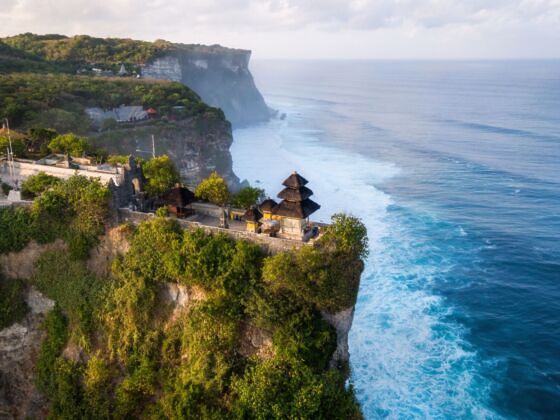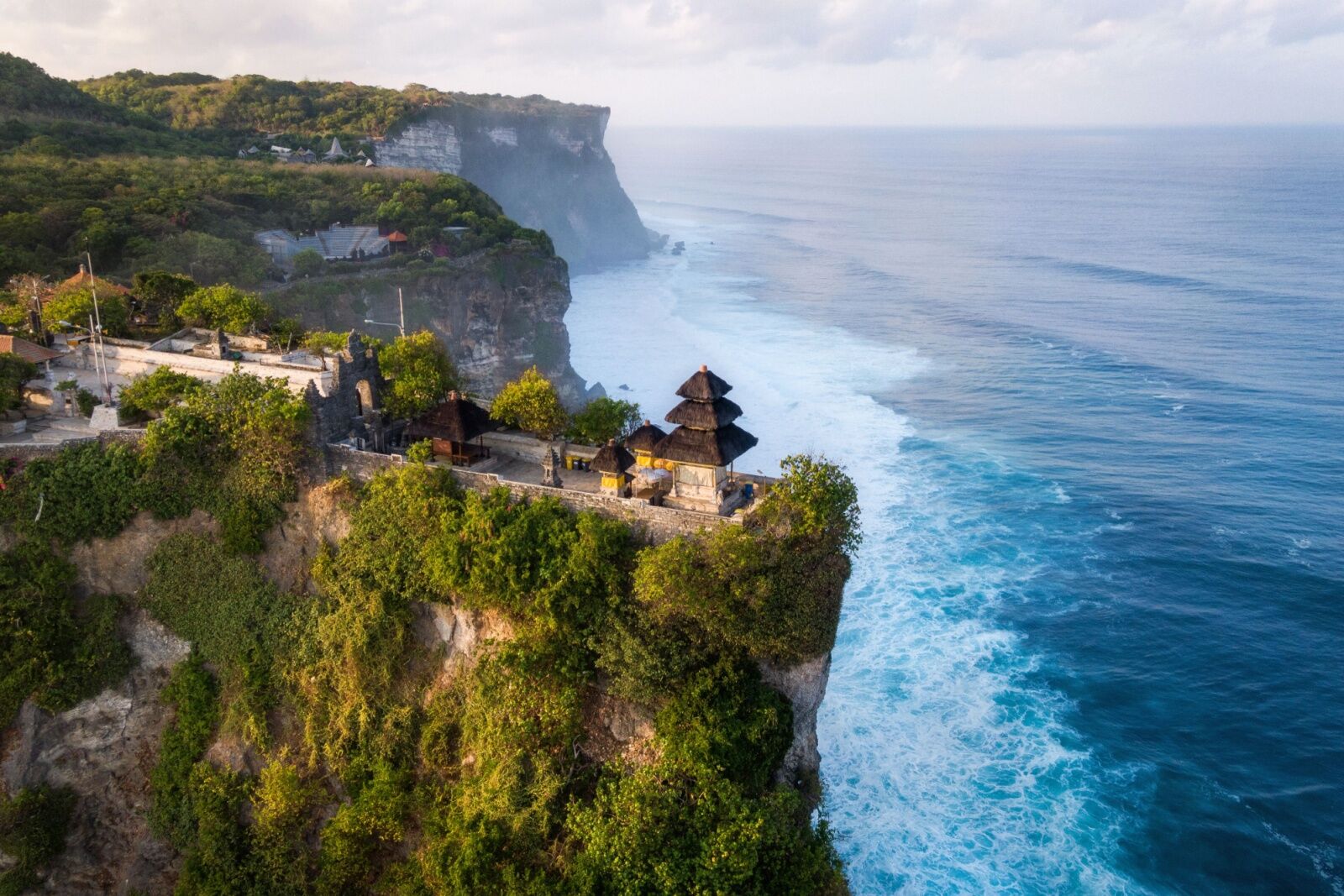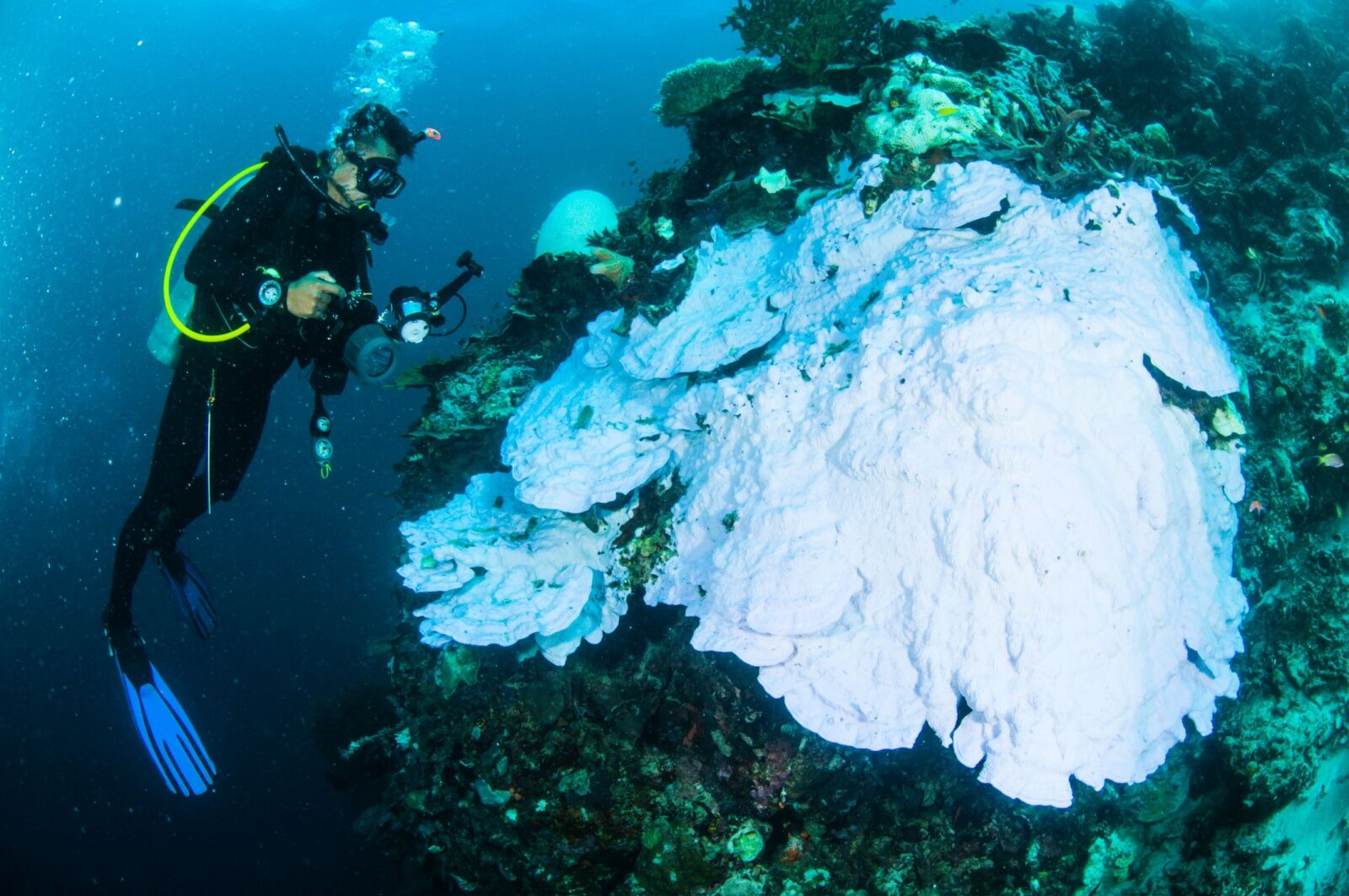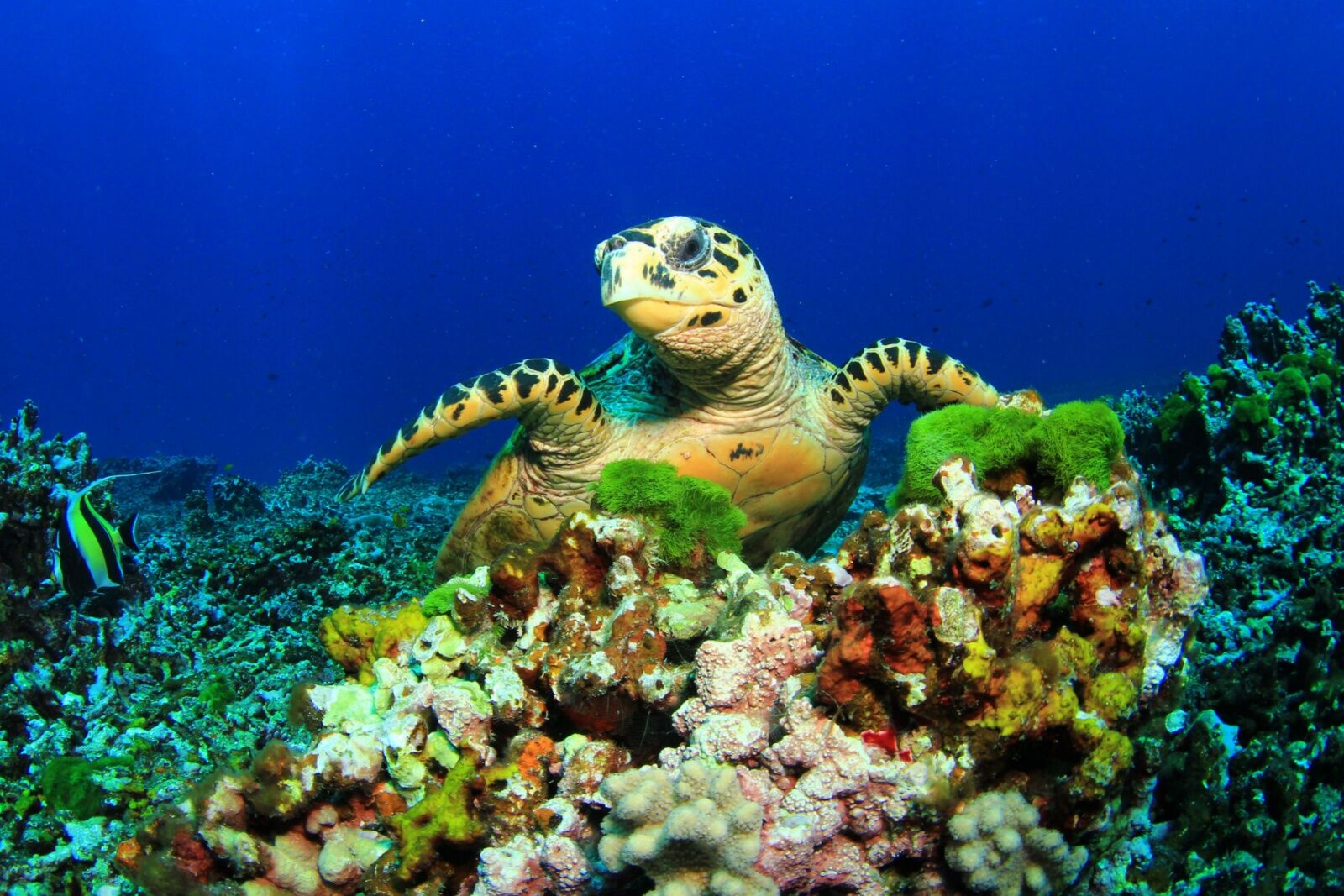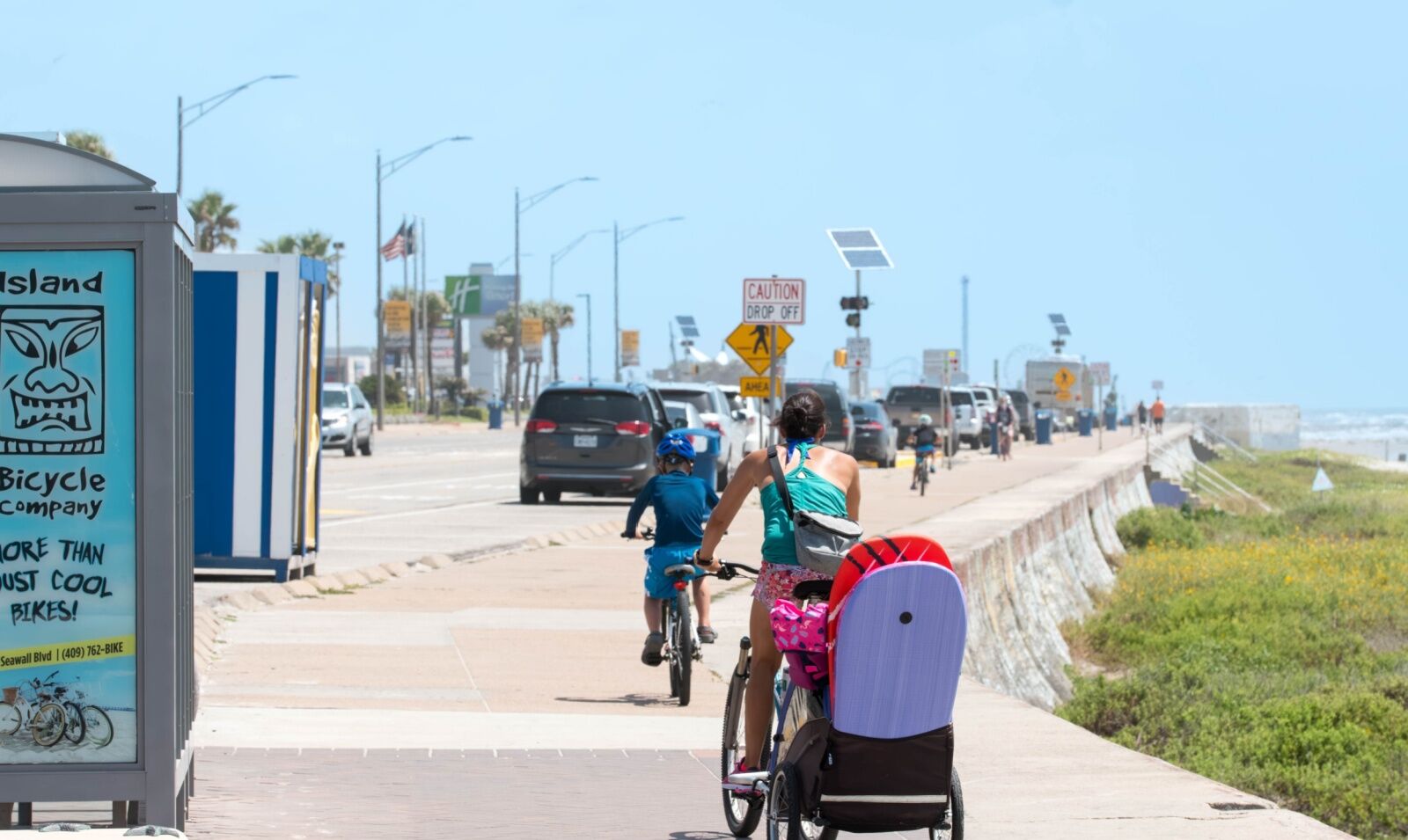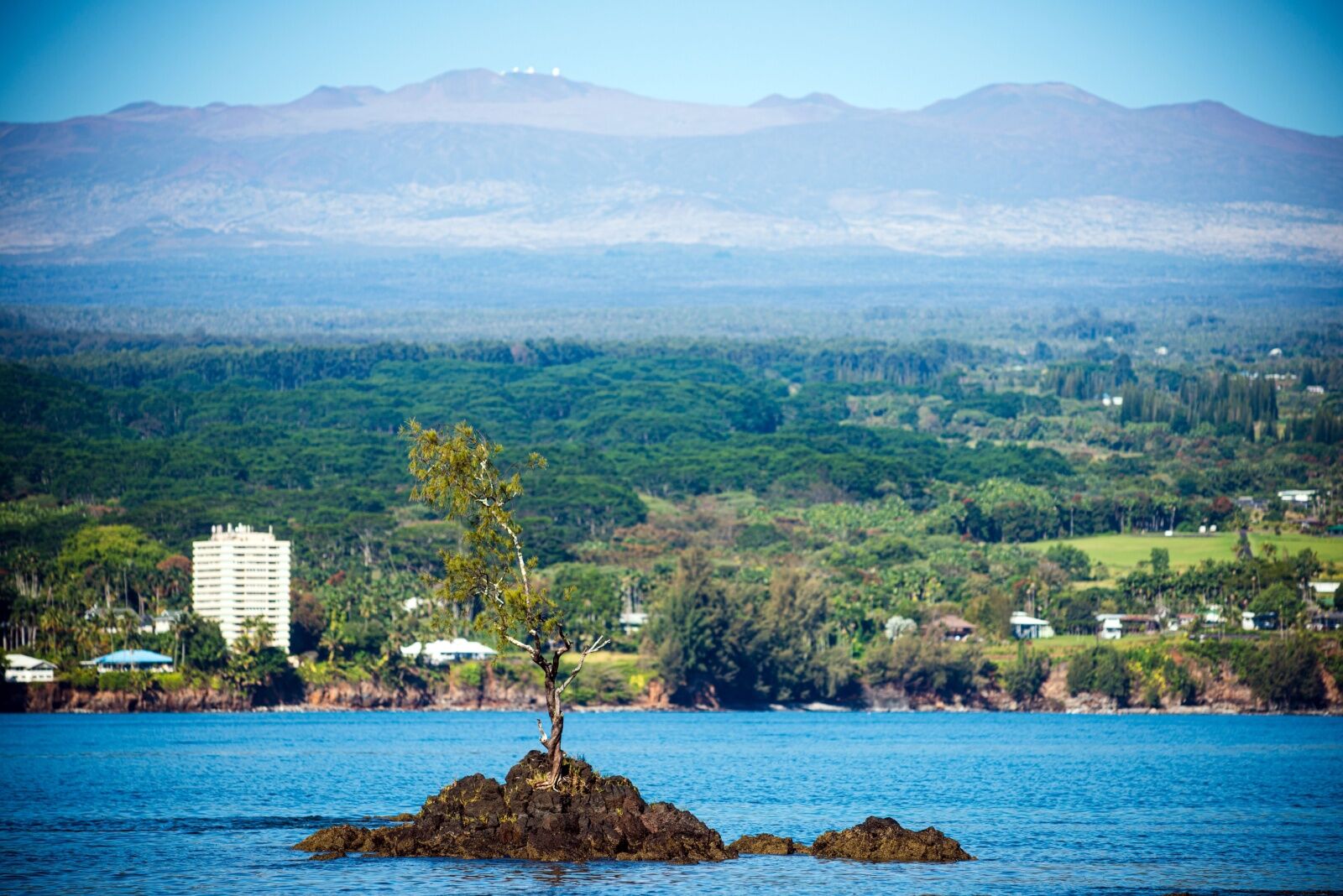In Uluwatu, Bali, a controversial new infrastructure project is pitting environmental activists and surfers against the local Badung Regency government, as the latter recently begun development on a new seawall around the town’s Uluwatu Cliffs.
The seawall project in Bali is part of a $5 million government initiative to protect the clifftop Uluwatu Temple, built around the 11th century, from erosion and the threat of cliff collapses. The temple is a Hindu sanctuary that holds significant cultural and spiritual value. The goal is for the seawall to act as a barrier, absorbing and redirecting the force of ocean waves to prevent further erosion and cliff instability. The plan dates back several years, though critics claim the scale and scope of it wasn’t made public before construction began.
